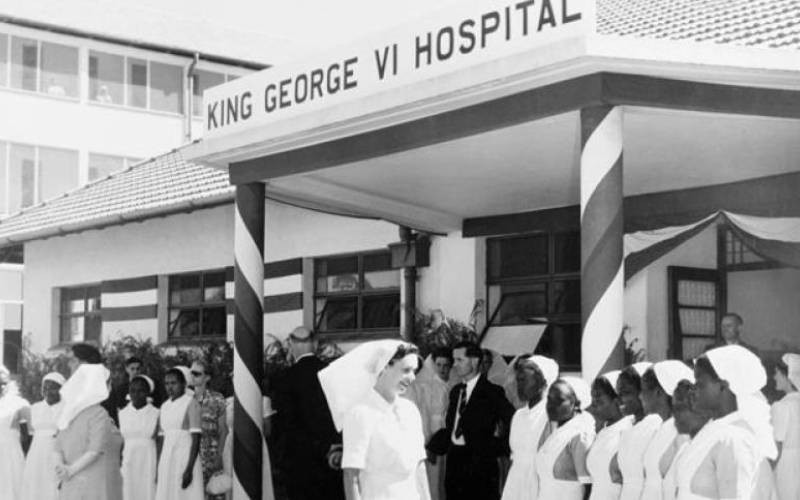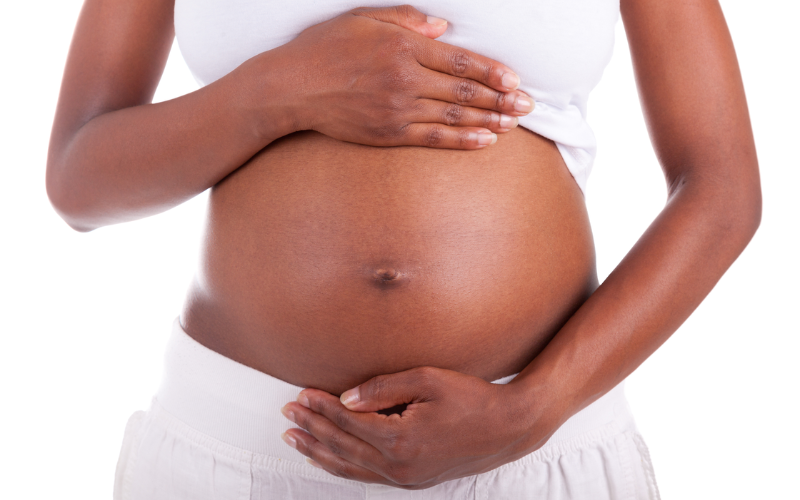
The influence of Queen Elizabeth II, Britain's longest-serving monarch, can still be felt in former colonies like Kenya in many areas including healthcare, colonial atrocities aside.
The Kenyatta National Hospital (KNH) in Nairobi, for instance, was initially the Native Civil Hospital when it opened in 1901. Half a century later, it was renamed King George VI, after Queen Elizabeth's father who died when the 25-year-old was in Kenya on a royal tour in February 1952. She later returned and a plaque at the administration block commemorates her royal visit in 1959.
KNH was later renamed Kenyatta National Hospital after Kenya's independence in 1963 when it became a national referral and teaching hospital.
Facts First
This story continues on The Standard INSiDER. Subscribe now for unfiltered journalism that holds power to account.
Already have an account? Login
 The Standard Group Plc is a multi-media organization with investments in media
platforms spanning newspaper print
operations, television, radio broadcasting, digital and online services. The
Standard Group is recognized as a
leading multi-media house in Kenya with a key influence in matters of national
and international interest.
The Standard Group Plc is a multi-media organization with investments in media
platforms spanning newspaper print
operations, television, radio broadcasting, digital and online services. The
Standard Group is recognized as a
leading multi-media house in Kenya with a key influence in matters of national
and international interest.










